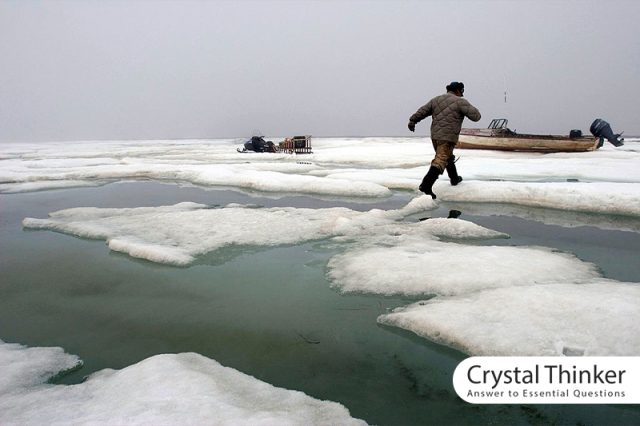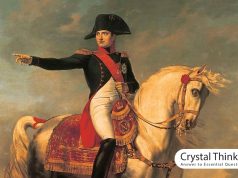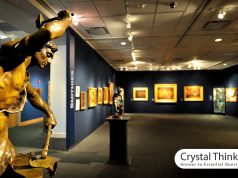Who are the Inuit? Have you heard anything about their lifestyle and culture? The Inuit are a people native to and living in the Arctic and sub-Arctic regions of North America. They live in parts of Alaska, Canada, and Greenland.
General information about Inuit
Culturally, the ancestors of the present-day Inuit have a similar culture to the Iñupiat living in northern Alaska or the Yupik in Siberia and western Alaska, and the Aleut living in the Aleutian Islands Siberia and Alaska. (“Inuit”, Canadian Encycloprdia)
Therefore, when we talk about Inuit culture in this article, we refer to these areas. The lifestyle and culture of these people have similarities with other Eskimo groups. Join us to learn helpful information about Inuit Culture and enjoy thinking.
“Eskimo” is commonly used for Inuit and Yupik and other indigenous peoples of Alaska and Siberia.

Traditional lifestyle and Inuit culture
The Inuit have adapted to living in cold weather. They have learned the skills necessary to survive and survive in difficult situations. The critical skills are hunting, trapping, and producing furry clothing that protects them from the cold.
Agriculture is not possible for the Inuit in many cases. For this reason, hunting has become the core of Inuit culture and cultural history.
They use a variety of weapons and bows and arrows to hunt animals of any size. Even everyday life in the modern Inuit settlements established in recent decades reflects the 5,000-year history of hunting culture. The ability and knowledge of the Inuit people about this lifestyle allowed them to settle in the Arctic.
Eskimos compared to their children.
The Eskimo had more difficult winters. Because they lived in the Arctic Highlands and did not have access to technologies such as boats, guns, and dog sleds, their houses had leather tents, and their heat sources were nothing but small fireplaces.
They used bows and arrows to hunt animals and caught fish from the sea using special weapons. The Eskimo Indians, who lived near the shoreline, always sought to see seals, sea fish, and smaller whales from the shore or frozen seas. In this way, they can feed themselves and their wives and children.

What are the advances in Inuit culture and technology in Alaska?
The people of the Alaskan coast gradually learned new hunting and fishing techniques. These technologies helped them change their lifestyle and culture. They made progress in making boats that were sealed and waterproofed, and they drew them on wooden frames and designed it in the shape of a kayak used by hunters.
They also developed technologies for producing weapons for hunting hunt whales. Not only did they hunt whales for food, but in addition to being a valuable source of food and vitamin C, they also used their bones and skin for other purposes.
They also produced whale oil by heating the fat in the whale’s body.
In addition to making changes to the weapon and the type of boats, they sought to develop dog sleds to enter tunnels and experience more accessible travel. They also changed the igloo’s construction to provide warmer homes during the cold winter season. These developments led to their social, religious, and artistic values and culture.

Inuit art represents an Inuit culture.
In Inuit art, artists only carved bears’ heads. And bear bodies were not impressed, and artists only impressed the heads of these animals.
They also used bear teeth to make jewelry or hunting booty. The antiquities generally show that they had a more comfortable lifestyle. In their spare time, they sought to decorate art objects artistically. There is no social or economic anxiety in their artwork.
Inuit artists keep their history alive by showing their ancestors in paintings and sculptures. With the help of art, they try to preserve and loot the methods that their ancestors hunted and made protective clothing and shelters.
With the help of art, they showed other people how their ancestors had adapted to living in one of the harshest climates on earth and continued to live and bear children.
Inuit sculptures and paintings are numerous, including Arctic birds, animals, and marine animals of particular importance to Inuit artists. In addition, mighty polar bears, glossy seals, white wolves, and magnificent owls are some of the creatures you will see in their artwork.
Traditional beliefs Inuit
However, some Inuit believed that the northern aurora or aurora borealis was an ominous phenomenon. If a person whistled when confronted with the aurora borealis, the aurora borealis would come down and cut off that person’s head.
Others considered the aurora borealis as invisible giants, animal spirits, hunting guides, and hearts to help heal the sick (Roberts, 2022). The Inuit believed that water was the primary food source and housed the great gods.
How many people live in Canada as Inuit, according to the latest census?
The question has probably formed in your mind: Is anyone willing to live in such areas despite the great cold and difficult living conditions?
We have to say yes to answer this question. According to the 2016 Canadian Census, 65025 people lived in Canada as Inuit. 29.1 percent more than in the 2006 Canadian census. 72.8% of Inuit live in one of the four central regions, including Nunavut, Nunavik, Nunatsiavut, and Inuvialuit Settlement Region. From 2006 to 2016, the Inuit population in Nunangat increased by 20.1%.

According to the 2018 CIA World Factbook, Greenland’s Inuit population is 88 percent (50,787) out of a total of 57,713. This population lives throughout the area.
Inuit culture and their beliefs about death
According to the Inuit, the aurora borealis was a visible signal that they could see the sign of the dead or the spirits of the dead. In East Greenland, of course, the aurora borealis is considered the ghost of dead children.
It was customary to name a newborn relative after a deceased relative in pre-missionary times.
According to this custom, the ancestors could experience a kind of return to new life in the newborn child. It is interesting to know that this custom has survived to this day.

Conclusion:
This article provides information about Inuit culture and beliefs, and lifestyle. We hope you enjoy reading this article. If so, please share it with your friends. You can also connect with us through social networks such as Instagram, Twitter, and Facebook. We are waiting for your comments because we will understand your concerns and mental questions, and we can write more about your favorite topics so that you can enjoy reading our articles more.
Resources:
- Roberts, J. (2022). First Nations, Inuit, Metis Peoples: Exploring Their Past, Present, and Future. EMOND MONTGOMERY.








